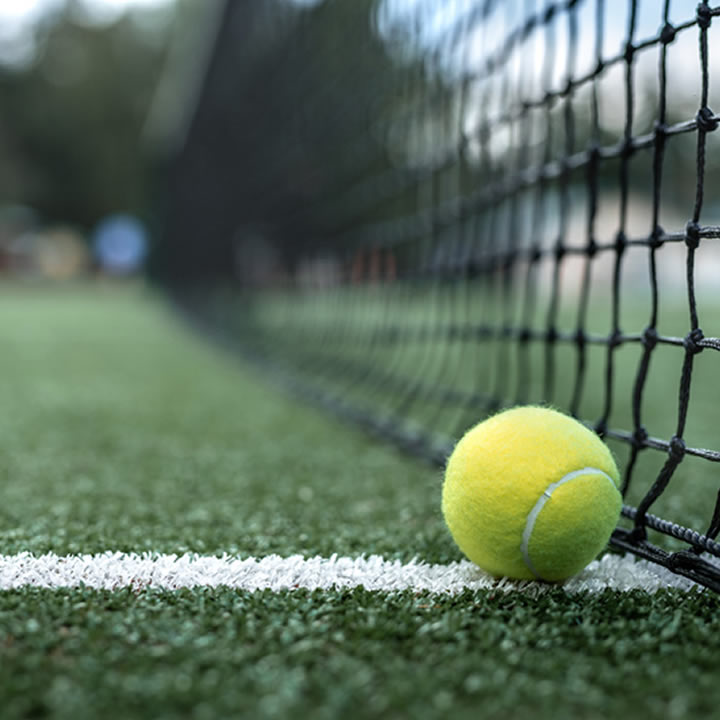The game of tennis has become increasingly popular with the rise sports starts turned celebrities. Superstar sisters, Serena and Venus Williams, and Naomi Osaka dominate the scene. This has resulted in a greater number of individuals joining tennis clubs and the construction of more courts.
A 2014 national research study by Tennis Canada revealed that 6.5 million Canadians played tennis at least once in the previous year. In 2017, about 18 million Americans played tennis as well.
Tennis courts can be professional, residential, or private, and can be used for recreation, exercise, or even competition. Tennis courts are frequently installed in private homes, schools, and sports clubs.
Many tennis court installation companies focus on construction, rebuilding, restorations, and resurfacing. In addition, many offer free quotes as well.
Installing a tennis court is a big decision and involves a great deal of work. Fortunately, many businesses specialize in this very industry and can be found in most major cities.
Tennis Court Installation Considerations
Various factors need to be considered when installing a tennis court.
- Usage – Will the court only be used for tennis, or other uses as well?
Recently, a great deal of tennis courts are being installed as part of a Multi Use Games Area (MUGA). These are becoming more popular at public sports facilities and schools.
- Court Composition – What type of surface is needed? Will it be hard (asphalt or concrete), or soft (grass or clay)? Will it be real or artificial?
- Land Consideration – Soil analysis is recommended before beginning the project. Complications may arise from uneven land, swampy land, peat soil, and high groundwater.
- Size of Court – Make sure that ample room is available. A standard, single regulation court is 55×115 feet, while a standard, double regulation court is 60×120 feet. Additional space needed for fencing, landscaping, and drainage.
- Additional Costs – The cost of a court may increase with additional costs, such as scoreboards, lighting, and fencing.
Types of Tennis Court Surfaces
Whether real or artificial, hard or soft, each type of surface offers benefits and drawbacks.
Hard courts are most expensive but require the least amount of maintenance. They are also harder on the body and joints.
Soft courts are less expensive but require more maintenance. They are considered easier on the body and joints.
- Hard Courts
Concrete and Asphalt (real surface)
- harder on the body and jarring on the joints
- most balanced for balls
- have a layer of cushioning on top
- most used in both the US and Australian Opens
- easiest to clean
Acrylic (artificial surface)
- very comfortable
- allow for consistent bounce
- Soft Courts
Clay – (Har-tru, American Red, American Green, European) (real surface)
- is actually crushed basalt -a type of volcanic rock, limestone and crushed brick, or shale
- easier on the body and joints
- allows players to slide along the surface
Grass (real surface)
- softest and easiest on the body
- requires regular mowing
- easily damaged by regular play
- cannot be used year round
Grass Turf (artificial surface)
- softest and easiest on the body
- allows for easy sliding
- less damaged by regular play than real grass
- can be used year round
Benefits of Artificial Tennis Courts
- advances in technology have made synthetic materials feel like real grass, clay, or cement
- cheaper to install and maintain that real material
- some artificial surfaces use a UV stabilizer to protect against UV rays –making the surface last longer
- can be used year round
Cost of Tennis Court Installation
The cost of a tennis court installation varies greatly, depending on size, surface required, and additional considerations.
For example, in regard to surface choice, clay and real grass are the most expensive options. On the other hand, cement is cheaper, in both installation and maintenance. The quality of synthetic turf has improved over the years and is now a popular option as well. It is also one of the cheapest to maintain. Optional additional costs include nets, posts, fences, floodlights, seating, and water fountains.
The average price for tennis court installation is about $45,000-$70,000USD.
Basic Courts range from $25,000-$50,000 USD, while upscale courts start at $100,000 USD and can reach upwards of $200,000 USD.
Hard Courts, such as asphalt range from $25,000 to $75,000, while soft courts, such as clay are similarly priced at $25,000 to $60,000 USD. Grass courts are in the highest price range of more than $200,000 USD for installation.
Maintenance costs are approximately $1,000 to $3,000 USD per year.
Additional costs like fencing, lighting range from$10,000-$15,000 USD.
Resurfacing Tennis Courts
Many tennis court installation companies also offer resurfacing options, ranging from full resurfacing, to cushion overlay systems for absorbing shocks, to pothole correction.
Full resurfacing is needed when there is significant damage. Resurfacing allows an individual to have a new surface without the cost of excavating and disposing of the old court.
Whatever your reason for installing a tennis court, rest assured that a variety of companies are available to meet your needs. As a consumer your only worries should be choosing the perfect surface in your budget range, leave the rest up to the professionals.

